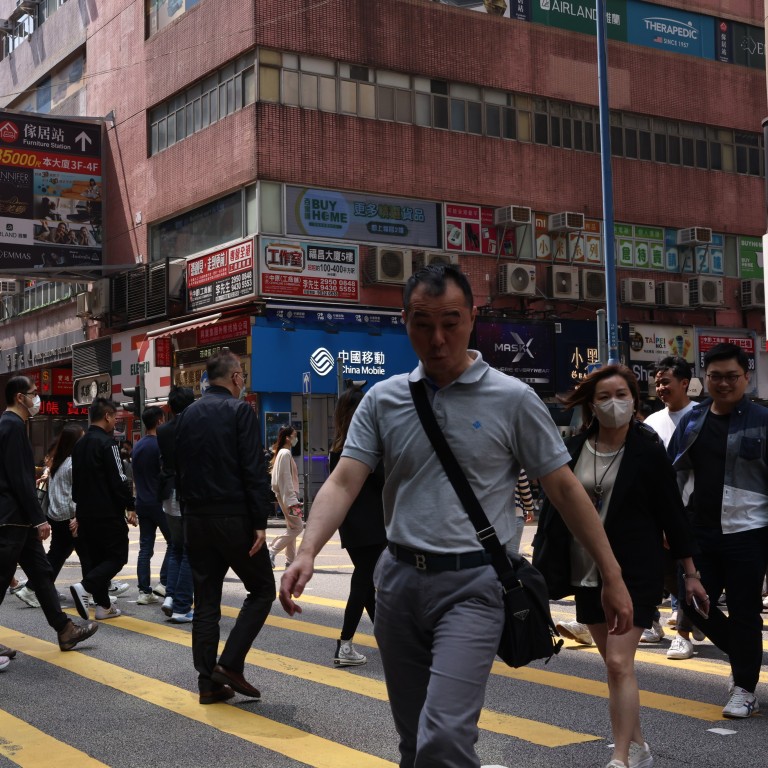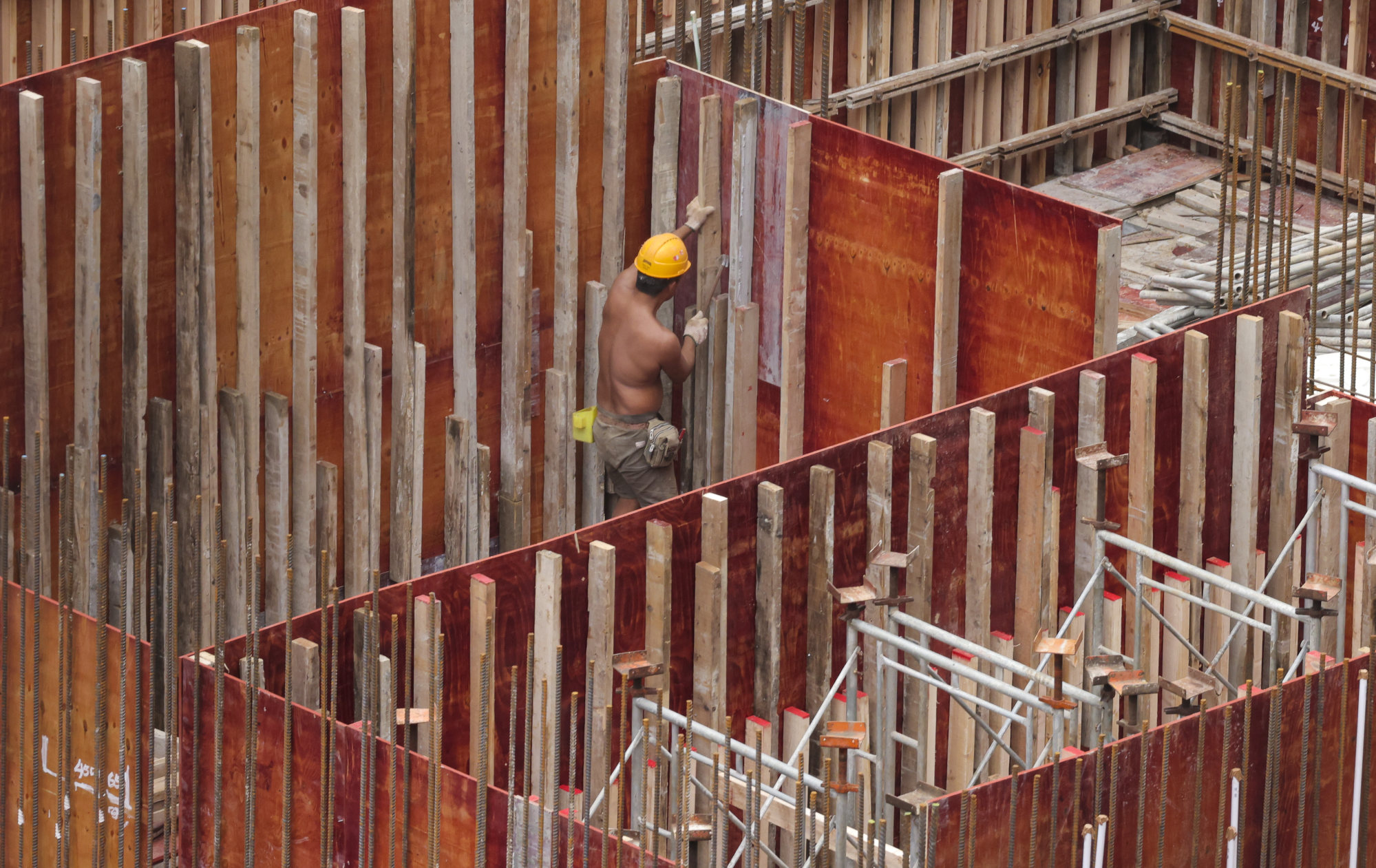
Imported workers not only answer to Hong Kong’s manpower shortage
- Better use of human capital, age-friendly measures and holistic approach to problem by officials would also help propel post-Covid recovery
That a severe manpower shortage in some sectors is holding back the pace of post-Covid economic recovery is an issue to be reckoned with. The true scale of the problem is reflected in the loss of 94,100 workers last year, a record drop in the city’s labour force.
Inevitably, the government has to study ways to import workers for some industries without compromising the job opportunities of locals. Separately, more vigorous measures are needed to promote re-employment and prolong the working life among senior workers.
According to the Census and Statistics Department, the labour force, including foreign domestic workers, fell 2.4 per cent year on year to 3,776,300 in 2022 – the sharpest plunge since records began in 1985. Some 28,200 workers, aged 25 to 29, were among them together with 59,700, aged between 30 and 49.
At the same time, however, there were 73,150 job vacancies in the private sector last December, a 20 per cent rise over the previous year.

These are not just cold numbers adding to a long list of woes fuelled by politics and the pandemic in recent years. They translate into diminishing economic vitality, eroding competitiveness and human resources mismatch in a fast ageing and shrinking population that warrants urgent government attention.
Responding to the worrying trend, Chief Executive John Lee Ka-chiu conceded the importation of workers would be needed if local recruitment failed to ease the manpower shortfall. While he pledged to protect the interests of local workers at the same time, there are also concerns over the mechanism for approval.
Indeed, labour importation has long been a politically sensitive issue. Even though opposition against the government is seemingly not as vocal and strong as it used to be, the resistance from the labour sector must not be underestimated.
In question is not just an immediate manpower crunch in transport, construction, and other industries. The city is undergoing a critical time of transformation that requires a high-level review of various policies.
The changing demographics fuelled by an ongoing exodus cannot be just mitigated by high-end talent admission and labour importation schemes. Those put out of work because of different reasons are indeed willing to rejoin the workforce.
Hong Kong’s catering, retail sectors need 100,000 workers, industry chiefs say
The city can also make better use of its human capital when employers adopt a more age-friendly approach and allow seniors to work beyond the normal retirement age. Official data showed some 499,500 people were aged 60 or above, accounting for the biggest share of the workforce.
The gains from prolonging the working life of this group are potentially huge. Officials must not shy away from tackling the population and labour issues with a more holistic approach.

